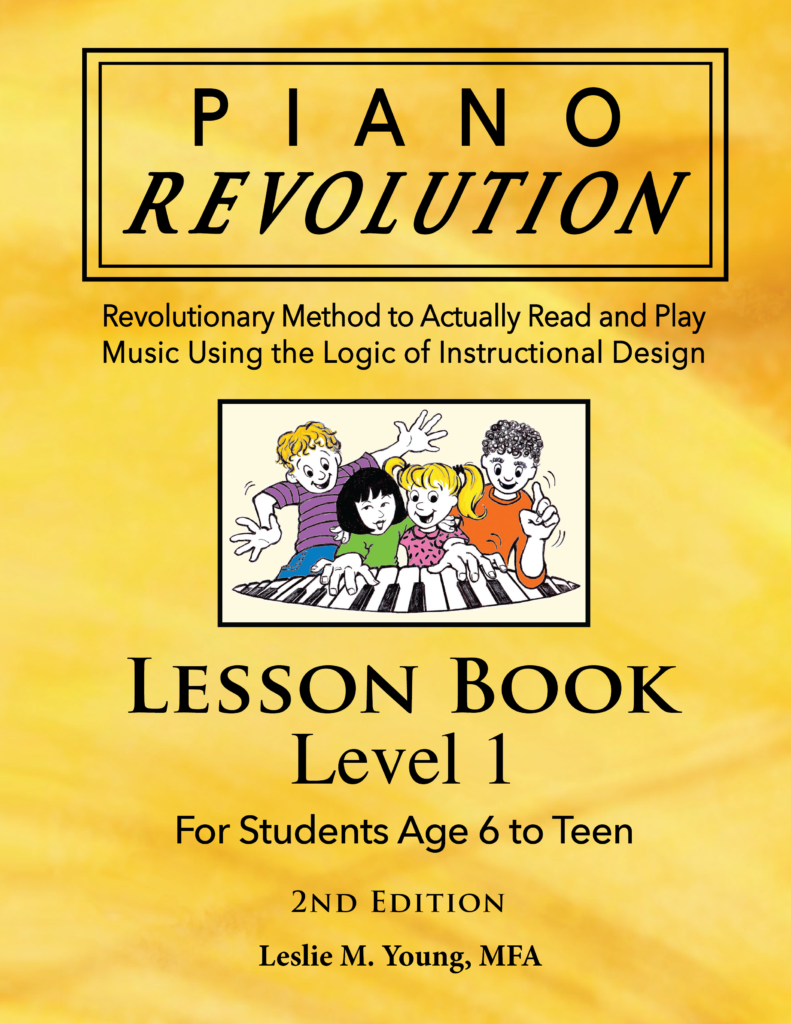How to Actually Read and Play Piano Music
Want to teach yourself or your child piano? Want to hit keys on a piano or actually read and play piano music that’s written? Be careful; there are hundreds of method books to choose from and some look very entertaining. Some have gorgeous illustrations; some have audio visual reinforcements; some are meant to use with a computer.
But they all can be distilled into two piles:
- play piano by hitting keys – or –
- actually read written music in order to play piano
Hit Piano Keys vs. Read and Play Piano Music That’s Written
Which is the best way? Do you want to memorize a sentence or two and be able to recite them? Or do you want to know how to read any material ever written or ever to be written? It’s freeing when you can read. There is no limit, if you know the language – and written piano music is a language!
Which Piano Method to Use? How to Decide? Test Them!

I don’t mean to buy a lot of different kinds of method books, but you can easily look at the first several pages through Amazon or even music stores.
What do you see? Do the instructions make sense? Are they clear in text and in illustration?
Are the first few pages easy to completely understand? So easy you may think you don’t even need a teacher to start piano lessons?
Take a look at this early page in Book 1 of the Revolutionary Piano Method. It’s for young students aged 4 and 5 but the early pages of the book for older students uses the same thinking process at a faster pace.


- Right hand plays all three black keys. Pretend to pick them up (thumb automatically touches the left side of the first black key; little finger touches the right side of the third black key).
- Slide thumb down the black key toward you and play the white key to the left, which is called “F”.
- Finger 2 hops over the neighbor white key and plays the next key called “A”.
You hardly need any directions to quickly see how the right hand READS the staff and PLAYS these two keys. Right at the beginning the student reads and plays written notes on the staff (without a certain finger-numbered hand position). This more quickly stays in long-term memory when the student says aloud each letter name as the note is played. (Just in the beginning – not forever!)
Once the four spaces are learned, the student is shown how to use the space keys and notes to find the line keys and notes. One parent who reviewed this method for her children to start piano lessons found this immediate connection between written note and piano key to be “huge” and logical and really taught how to read and play piano music. It was “new” for her – a thought process, not just memorizing!
Compare to the Traditional Method to Read and Play Piano Music
Here’s a typical page from a traditional method book, and the same as many current new methods from which you can choose. It’s a picture of the middle part of the keyboard with a key labeled as Middle C.

The instructions are:
The Middle C key is in front of the group of two black keys under the brand name (YAMAHA) of your piano.
Play this Middle C key with your right hand thumb 1.
Play the D key with your right hand pointer finger 2.
Play the E key with your right hand middle finger 3.
Here’s what the CDE keys looks like on a staff. Play C D E with your right hand thumb 1, finger 2, finger 3:

Does this teach “how” to read music? Did this teach anything for the student to use to think on his own? No. A picture was shown; the directions were given; the directions were followed.
This is like the whole word approach to teaching English in a Reading Class. The student is shown a word often enough until it is recognized and learned. But if a reader knows the sounds represented by individual letters (the phonetic reading method), then any word can be read – in any book – at any time.
Until The Revolutionary Piano Method, learning to play piano was like learning each word of a book on sight. Basically . . . memorizing. Playing keys by rote (mechanical repetition).
The New Way to Learn to Read and Play Piano Music
Today there’s a new way – a logical way to learn to play piano – based on the educational principles of Instructional Design (which is basically learning one thing at a time and building on previous learning in order to progress).
The Revolutionary Piano Method
How to start piano lessons begins with testing the method book to see if it has you actually reading notes and playing the keys without gimmicks like finger numbers, hand position key groups, or rote copy-then do illustrations.
The Thinking Process of The Revolutionary Piano Method:

Under the piano brand name is a group of three black keys.
- Pretend to pick them up with the right hand. The thumb naturally curves around the left side of the first black key, the one on the left of the group of three.
- Slide the thumb down toward you and play the white key under the thumb. This is center F – the key that is in the center of the piano keyboard.
- Skip the next key to the right of center F and play it. This is the A key.
- Skip the next key to the right of A and play it. This is the C key.
- Skip the next key to the right of C and play it. This is the E key.
- Look at the yellow keys below that you have just played:

The F A C E keys that you played are drawn on paper as four spaces with five lines in-between them:
Now that you have learned the space keys F A C E, use them to learn the line keys.
Many students of all ages who were not very
successful using other methods quickly
progressed with new understanding
using the Revolutionary Piano Method –
because they now had a thinking process to use.
Once the spaces and their keys are learned through practice pieces, the spaces are used to name and locate the line keys. Starting with the closest space – the line key is played (for example, to locate the third line, think spaces F – A – C, then the 3rd line D).
The right hand treble staff is introduced first, but the left hand bass staff uses the same procedure and thinking process with its different spaces. After right and left hand letters and keys are learned, both hands play together. Later, timing is introduced, which is much easier after having learned to read and play the written music!
The student uses the thinking process of using spaces to find the line – then in a relatively short time it will not have to be used at all. The spaces and lines and their corresponding keys will have been learned, and the student will be reading and playing written music!
Want to teach yourself or your child piano? Want to hit keys on a piano or actually read and play piano music that’s written? Piano Revolution (previously Revolutionary Piano) is a proven choice to successfully read and play piano music!
View sample pages of all the books for students
ages 6 to teen:
View sample pages of all the books for students
4 to 5 years old:
View sample pages of all the books for older
teens and adults:
View the books on Amazon:

Leslie Young is the author/composer of the Revolutionary Piano Method. She co-founded a K-12th grade charter school in Texas and has been a piano teacher for about 40 years. She has had experience teaching a variety of students tackling piano for the first time or as returning students.
Leslie believes that “learning to play the piano is more about diligence and perseverance” – but would add that just as critical to success is the method that is used, the encouragement of critical thinking, and the instructional principles that promote immediate success.
She states: “In teaching piano to students of varying ages, what also varies is a commitment of time and the amount of dedication. Children of certain ages may do very well with a parent as teacher; others may need someone who is not family to instruct them. Some older children and adults prefer to make progress on their own, and this method is designed to act as a meticulous guide through new material. Some adults and teens insist on professional teachers, which also encourages continuity. Because these books are self-explanatory, a new or experienced professional teacher will have no trouble using the Revolutionary Piano Method with students. It is an easy way to learn piano.”








